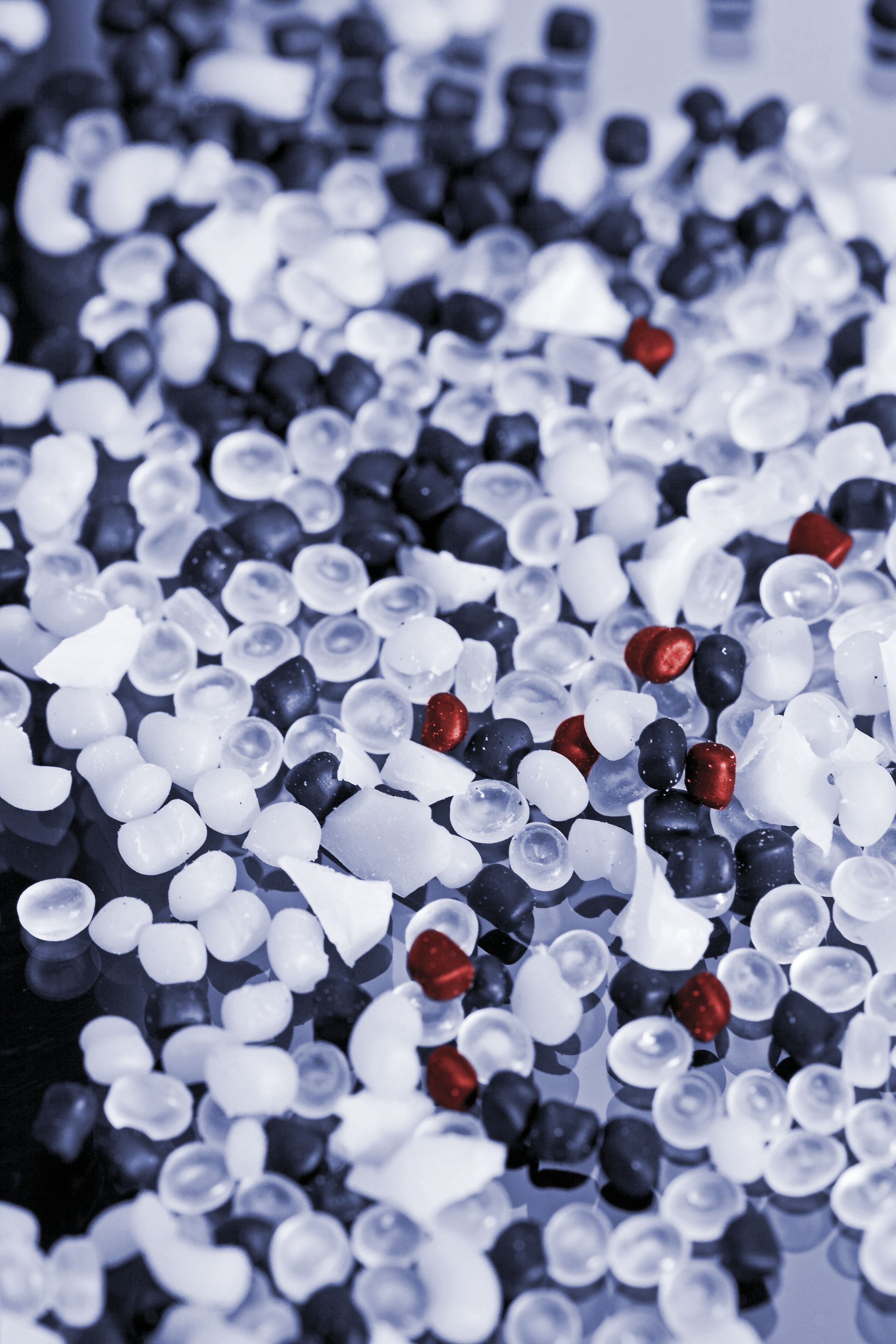
When characterising the rheological properties of a sample, a number of external influences need to be taken into consideration, such as temperature and pressure. Furthermore, sample-specific properties must be taken into account when choosing a suitable measuring geometry and defining a measuring regime, in order to avoid any misinterpretation of the measuring results. For example wall-slip effects and shear banding but also turbulent flow may result in erroneous measuring results.
A main limitation for characterising polymer melts and concentrated polymer solutions at large deformation and/or high shear rates is known as edge fracture. This kind of sample instability is characterised by a deformation of the sample's surface at the free edges between the upper and lower part of the geometry.
Furthermore, secondary flow effects may develop within the sample at the edge. Deformation of the surface and secondary flow propagate radially as a function of both time and applied deformation. Hence, edge fracture results in increasing measuring errors within standard cone/plate or plate/plate geometries when pre-setting large deformations or high shear rates. Consequently, the accuracy of start-up shear measurements and flow curves at high shear rates as well as for large-amplitude oscillatory shear (LAOS) measurements can be strongly influenced by edge fracture.
How to reduce the influence of edge fracture in measurements?
In an experiment from Anton Paar, a measuring system consisting of a cone and a partitioned plate has been recommended.
Click on the link above to download the Application Report and to learn about the results of this experiment.










Arriva makes £300m tri-mode train order with Hitachi Rail
This development shows up the lack of a comprehensive nationwide network of electrified lines for passenger services and freight The glacial speed of...